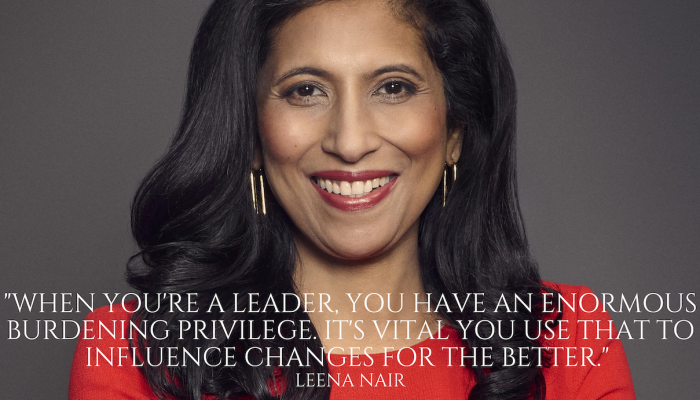In the following part of the series on relationship building and cooperation between HR and business co-leaders (stakeholder management), I write about the relationship between the CMO and the HR director.

„Make the customer the hero of your story.” – Ann Hadley
Conquering the markets
Ever since there has been a market economy in the world, sellers have been competing for the customers’ favours by offering them products and services. By looking at the aspects of customers’ willingness to buy, sellers seek to attract customers based on the most thorough knowledge of their needs. Of course, in addition to the features and prices of products and services, this includes sales methods and advertising. A company’s marketing work is the complex activity it pursues in order for its products and services to conquer the market. Marketing pervades the work of all departments of the company, determines its business policy, thus it not only means shaping and influencing the market with its methods and tools, but also a comprehensive business way of thinking.
The deepest changes of the 21st century derive from the acceleration of economic globalization, rapid technological innovation, climate and environmental change, the emergence of a collaborative economy, and the growing importance of services and intangible assets, which have a profound impact on lifestyles, consumer behaviour and the operational processes of organizations.
In the ever-changing scenario of uncertainty and fierce competition, marketing faces complex challenges and opportunities. Among the most important challenges are international competition, i.e. the harmonization of marketing solutions integrated globally and satisfying local needs; new technologies that fundamentally change marketing processes; marketing innovation, i.e. the application of new, data-based marketing methods; social responsibility, i.e. meeting the economic, legal, ethical and charitable expectations in terms of product development/providing services, and realistic communication.
From a brand guru to a customer advocate
The Chief Marketing Officer (or CMO) is responsible for driving business growth, increasing market share and revenues, brand management, customer experience, brand and corporate communication, and the financial return on marketing investments. Areas of expertise include branding, marketing communications (including advertising, sales promotions, and public relations), market research, product marketing, distribution channel management, pricing, customer service, and customer-side technology development.
In the beginning, marketing was considered exclusively as a creative discipline; this period was the heroic age of branding and marketing communications. With globalization, digitalization, the internet and data management gaining ground, the CMO has gone from a leading brand guru to a customer advocate. The CMO who used to bombard the markets with pushy brand messages to satisfy the tastes of a wide audience must now realize the individual needs and satisfy the desires of millions of global customers. They need to respond quickly to ever-changing market conditions and competitive dynamics, reshape corporate strategy and implementation plans as needed based on real-time market scenarios, while tirelessly developing an authentic customer experience through communication and interaction with customers.
Thanks to innovation and market challenges, the skills a CMO will need in the future are constantly changing. Continuous learning and training are essential for them to keep up with trends. Among the required skills, the most notable for me are the flexible and adaptive management style, marketing technology (the lack of skills is prominent), and the knowledge of psychological and behavioural economics. The best leaders surround themselves with people who can complement their existing skills.

Common characteristics of marketing and HR
Marketing and HR functions show many similar traits.
Both areas focus on influencing and committing people. Through the customer and employee experience, they achieve emotional attachment, loyalty, and help people identify the company’s distinctive traits from competitors.
Human-centeredness is gaining ground, so respecting and valuing customers and employees, meeting their expectations and increasing their satisfaction is a goal for both professional functions.
Real-time feedback is important for customers in relation to the sale of products or provision of services, and for employees in relation to the understanding of their expectations and solving their problems.
Segmentation helps them better understand their customers and employees, identify the right future investments, and return on investment.
The information obtained during (external/internal) market research and analysis is used proactively to achieve current and future business goals.
They build the corporate brand and increase the company’s reputation through authentic brand ambassadors (customers and employees).
A better understanding of each other’s approaches, experiences, and challenges will reveal many similarities and many joint undertakings that will ultimately serve to create an exceptional customer experience.
Areas of cooperation
Coordinated and ongoing cooperation between marketing and HR functions can result in long-term business success for the entire company in the following areas:
- Branding: They work together on the branding of the organization. With the help of social networks and communication channels, they create universal brand values and brand messages that apply to both employees and job applicants.
- Employee experience: The way of developing customer experience and its content can serve as a model for the creation of authentic and consistent employee experience.
- Corporate culture: In order to achieve a complete and unique employee and customer experience, both of them are responsible for shaping the corporate culture to be customer-centric.
- Recruiting and developing talents: The marketing function can show how a marketing approach and toolkit can be applied in recruitment, and HR helps to recruit and develop key marketing talent, provides support in planning the marketing organization.
- Communication: They work together to unify communication methods and styles, to make employees brand ambassadors.
- Data & Analytics: Sharing the data needed for strategic decisions and the content behind them can provide a more holistic view and lead to a faster return on investment.
- Digital technology: Technological changes (e.g. virtual and augmented reality, artificial intelligence) appear likely to influence customer and employee behaviour, and change the way the company operates. It is in their common interest to select appropriate technologies and evaluate their effectiveness.
Business value creation
The joint value creation of the CMO and the HR director is focused on the customer and the increase of revenue.
Both play a key role in the quality of the customer experience and customer retention. The HR director achieves this mostly through the commitment of employees and their attitude towards customers, by developing up-to-date expertise and skills, consolidating a customer-centric corporate culture, and supporting regular collaboration between different business areas. The employee experience is just as the customer experience.
They are both responsible for making promises come true and providing an authentic brand experience. Words remain only empty phrases unless accompanied by an authentic customer and employee experience. This can be not only counterproductive but also dangerous in the long run.
Finally, senior executives expect both leaders to take advantage of synergies, to share knowledge, to achieve the fastest, quantifiable return on the investments they proposed, and to create a customer-centric corporate culture.


